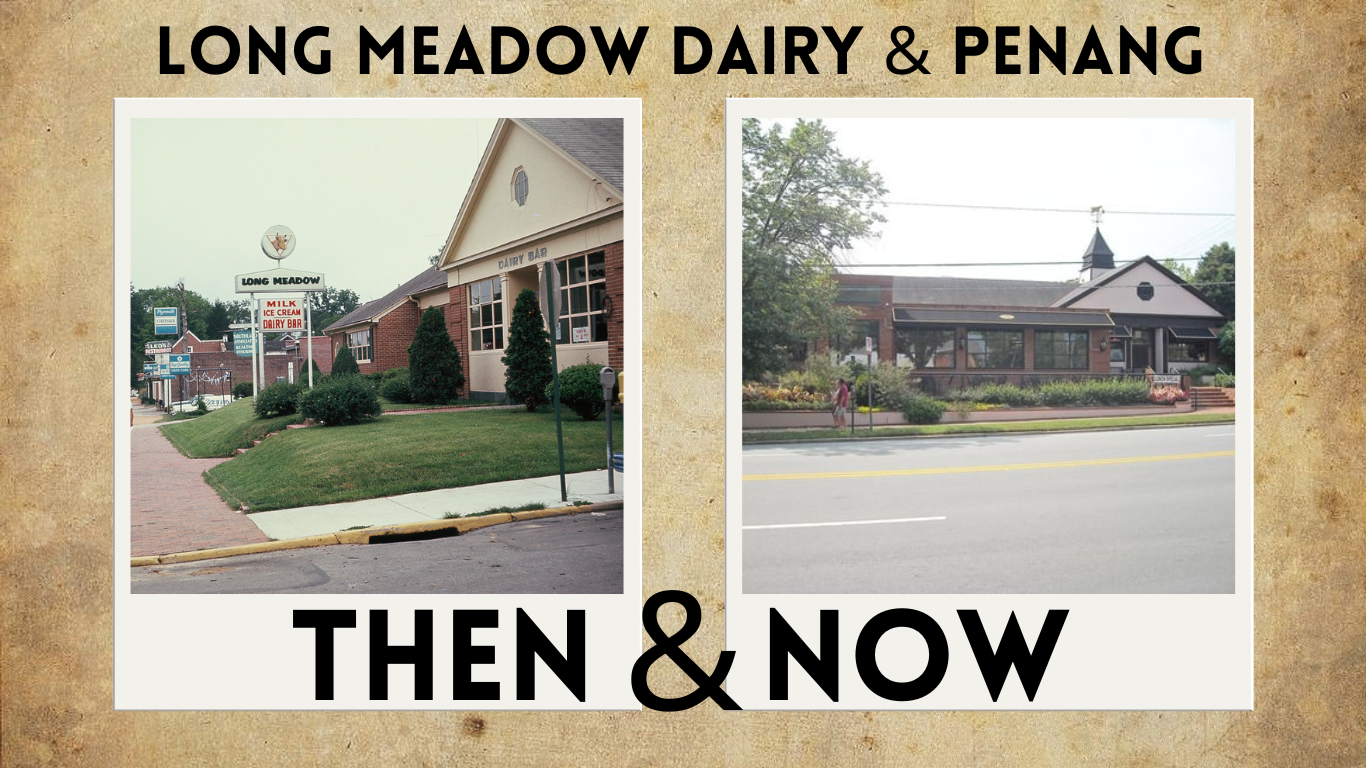BECAUSE WE’RE STILL HERE (AND MOVING)
Frank Porter Graham Student Union Exhibit
“This story is dedicated to all the elders that told me I was the force of history;
To all the marble slabs at Memorial Hall
Founders of the University
Battle, Norwood, Swain, Caldwell
Same names as my community
Hogan, McCauley, Farrington, Edwards, Barbee, Weaver, and Foushee
You hear what I’m saying?
Merritt, Atwater, Mason, Stroud, Foster, McCauley,
Hargraves, Cotton,
Purefoy, Riggsbee, Jones, McMasters,
Cole, Sellars, Craig, and Pratt...”
Black History happened here, and it wasn’t just a month. From Tin Top to Windy Hill to Pottersfield; from the Lincoln High Band to the Starlite Motel to the Orange County TrainingSchool; from slavery to sit-ins to urban renewal; this community-based project explores the dynamic relationship between local African-American neighborhoods, the oldest stateUniversity in the country, and the ongoing development that is altering it all
PHOTO GALLERIES
LATE 1800s
“It was built on ghosts
Stolen land enough for unvoiced hopes
Fieldstone, headstone, and unknown bones up in the cemetery
Nameless in their own story
Old East, Gerrard Hall, the walls of rock stacked
On plain ol’ strong back
Our skills from way back,
Foundation of the University
Names in my community…”
The founding of the University of North Carolina was inextricably tied up with the contributions of African-American slaves, who built and sustained many of the homes and institutions at the core of the University and town. African-American family names date back centuries and often reflect a history of former slaveholding founders of the University.
Early 1900s
After freedom, the community focused on creating strong, vital institutions, including churches, schools, and civic groups. Where slavery meant the violent suppression of education and interaction, these institutions broke down barriers to knowledge and congregation. In addition to the Quaker School for former slaves, Wilson Swain Caldwell, who had been a slave for University President David Swain and whose father was enslaved to President Caldwell, opened a free school for children of color.
Chapel Hill also had a graded school led by Reverend Dr. L.H. Hackney from 1898 to 1912. In 1912, Rev. Hackney donated land on Merritt Mill and opened Hackney Industrial and Educational Institute (“Hack High”) to serve non-white children in the upper grades. Numbers of small schools operated on outlying farms and in local churches and by 1919, 28 schools for non-white students were operating in Orange County.
1920s
While the University remained the primary source for employment, by 1925, black businesses in the community included two theaters, (the Standard and the Guthrie), two garages (Caldwell’s Garage), four grocery stores, three barber shops (Craig’s, Norwood’s, and Sellar’s Sanitary Barber Shop), a hairdressing parlor, two undertaking establishments (Hargraves), three restaurants, two pressing clubs, three contractors (Craig, Hargraves), one dentist (Kirkland), one doctor (Thompson), two midwives, and a number of masons (Barbee) and other self-employed contractors.
“All West Franklin was us. We started at downtown Chapel Hill, and we come all the way back, back to Carrboro.”
Segregation was a powerful tool for disenfranchising a group of people – “No sewers, no schools, no street lights, no problem” – but the community used this enforced congregation to their advantage. Business leaders, educators and clergy in Chapel Hill’s African-American neighborhoods were invested in the success of their community’s youth, as well as its social, spiritual and economic life.
1930s - 1940s
Segregation created a strong community in which families, children, teachers, and leaders lived, worshipped, and played together. Sports, plays, music, games, all took place at the churches or schools or the new Community Center.
Although parents continued to work in the majority white community — “You either worked for the University, or you worked for the white people that worked for the University” — when they came home, they closed the door on that world and it was gone.
“That was our world, there were no white people in it; there were no white people in our world.”
1950s & 1960s
Residents who ran community stores, schools, bands, and businesses often functioned as resourceful leaders and role models in several capacities, both to make ends meet for their own families and to provide necessary services for the community.
The schools and churches, along with the Negro Community Center, now renamed the Robeson Street Center, served as the hub for social and academic functions, with dances after ballgames, Valentines’ Balls, and homecomings. Lincoln High School and its faculty produced celebrated leaders, athletes and musicians.
1960s
As the Civil Rights movement took hold in Chapel Hill, Lincoln High School teens were often at the forefront of demonstrations and sit-ins against segregated businesses and cafes. Shortly after the first African-American student was admitted to UNC-Chapel Hill, Chapel Hill’s public primary and secondary schools began desegregating. Although children of color were permitted access to public schools, transportation was not provided, so families once again pooled together to send their children in taxis.
African-American students at the school faced discrimination and abuse by many teachers and students and felt the keen loss of Northside Elementary and Lincoln High. While parents and students realized that these facilities were second-rate, the focus on character, discipline, and pride at the schools was unmatched.
Then & Now
The landscape of Chapel Hill is layered with a rich and complex history, much of it invisible to the uninitiated. Our evolving identity as a community takes shape in the boundaries of our experiences, marked and unmarked.
As University and student choices continue to shape the future of Chapel Hill, it is critical that we reflect on the collective impact of these individual choices on the town that has been home for centuries to a community often overlooked.
THEN & NOW
“Used to be our world, we were safe and secure
But breaking down walls leaves rocks on the floor.
Lines that excluded us also bound us together
Now the lines been erased but where is your neighbor?
Homes been lost to sky-high taxes,
Low-down scams and poverty wages, fact is
A three-bedroom house valued at a million
You can’t pay that tax bill; who’re they kidding?
Students need places, cause too few dorms
Rent the house next door and change all the norms
Home’s now worth a whole lot of money
Nothing’s changed but the neighbors, isn’t that funny.
Racism backward, that’s how it went
Neighbors now got no investment but rent.
All that struggle, build something from the rubble
And it’s all good.
If you don’t know, now you know, so tell it”




























































































































































